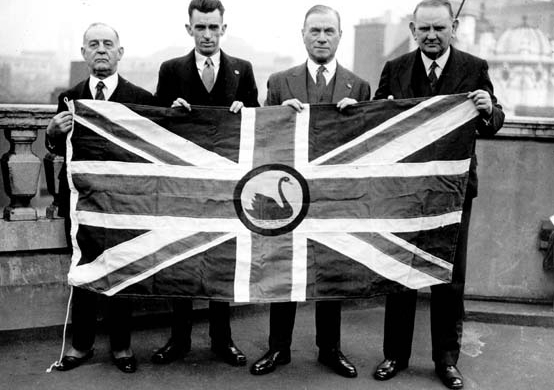Republic of Western Australia: how the west has always charted its own course, from secession to COVID
WA Premier Mark McGowan’s strong stance on borders has reminded many of the long streak of separateness that has defined Western Australia throughout history.




